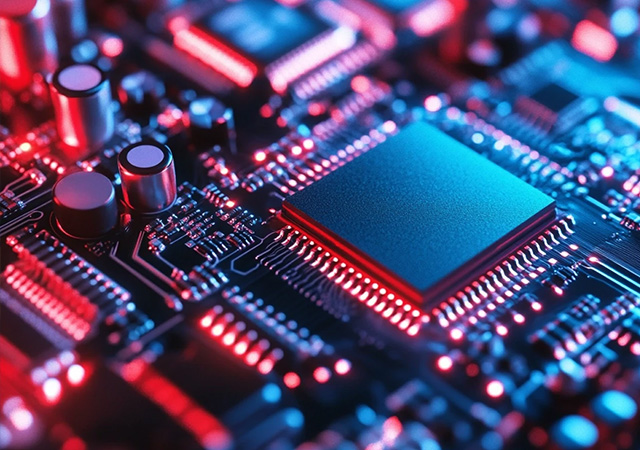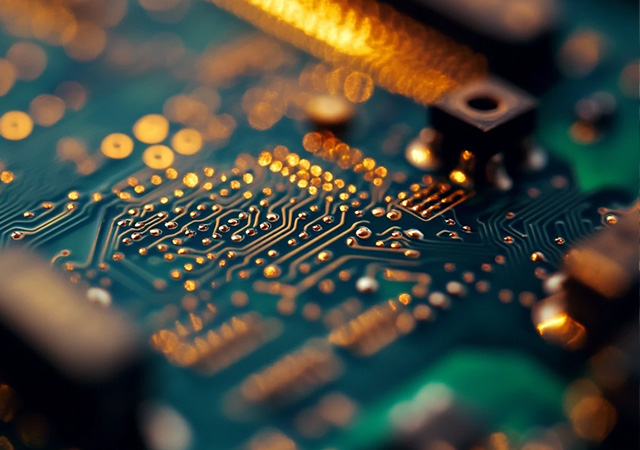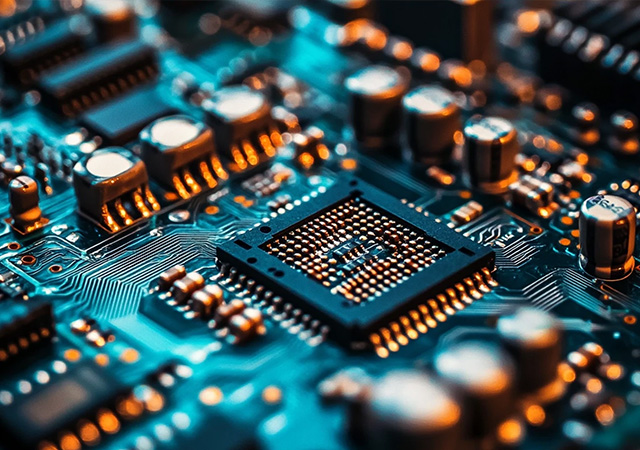-
- PCB TYPE
- PRINTED CIRCUIT BOARD PROTOTYPE ALUMINUM PRINTED CIRCUIT BOARD R&F PCB FPC HIGH FREQUENCY PCB HIGH-TG PCB HEAVY COPPER PCB HDI PCB PCB FOR LIGHTING METAL CORE PCB

China’s PCB manufacturing giants stand at the forefront of the global electronics supply chain, collectively accounting for over half of the world’s printed circuit board production. These industry leaders have evolved from contract manufacturers to innovation hubs, driving advancements in PCB technology, scaling production capabilities, and shaping trends across consumer electronics, automotive, renewable energy, and aerospace sectors. Beyond sheer volume, their influence lies in integrating cutting-edge manufacturing with vertical supply chain control, rapid scalability, and adherence to global quality standards. This article explores the defining characteristics, strategic strengths, and industry impact of the top 10 China PCB manufacturing giants, highlighting their role in enabling global technological progress and setting benchmarks for reliability, efficiency, and innovation.

A PCB manufacturer acts as the backbone of the global electronics supply chain, transforming design concepts into physical circuit boards that power devices across industries—from smartphones and medical equipment to industrial machinery and renewable energy systems. Beyond basic fabrication, modern PCB manufacturers function as strategic partners, integrating design expertise, advanced manufacturing technologies, and quality assurance to meet diverse industry needs. In an era of miniaturization, high-performance electronics, and strict regulations, their role extends beyond production: they enable innovation by bridging engineering design and scalable, reliable manufacturing.Today’s electronics market demands more than generic circuit boards. Manufacturers must adapt to shrinking product lifecycles, evolving material requirements, and complex industry-specific standards. A competent PCB manufacturer distinguishes itself by offering end-to-end support—from design for manufacturability

PCB Solution has evolved beyond mere manufacturing support to become a strategic enabler of electronic innovation, merging design foresight, material science, and adaptive production to address the demands of next-gen technologies. Unlike fragmented service models that silo design, fabrication, and testing, modern PCB solutions unify these stages into a cohesive ecosystem, ensuring that electronic systems not only function but thrive in dynamic environments—from AI-powered industrial robots to energy-efficient smart grids.In an era where electronics must balance miniaturization, performance, and sustainability, generic PCBs and disjointed processes fall short. A startup developing a quantum sensor, for example, requires more than a circuit board; it needs a partner that understands cryogenic operation constraints and can iterate designs rapidly. Similarly, a utility company deploying smart meters needs PCB solutions that withstand outdoor elements and integrate seamlessly with IoT netw

Custom PCB Design & Fabrication delivers tailored circuit boards for specialized electronic needs, outperforming generic PCBs in industries like industrial automation, medical devices, and consumer electronics. By aligning with specific performance, environmental, and form-factor requirements, custom solutions ensure efficiency, reliability, and cost-effectiveness in complex applications.

Turnkey PCB Assembly Solution integrates electronics manufacturing from design to delivery under one provider, replacing fragmented processes with end-to-end coordination. This approach reduces complexity, shortens time-to-market, and ensures quality—critical for industries like automotive, medical devices, and consumer electronics. By outsourcing assembly, businesses focus on innovation while leveraging experts for reliable, scalable production.

Got project ready to assembly? Contact us: info@apollopcb.com



We're not around but we still want to hear from you! Leave us a note:

Leave Message to APOLLOPCB
